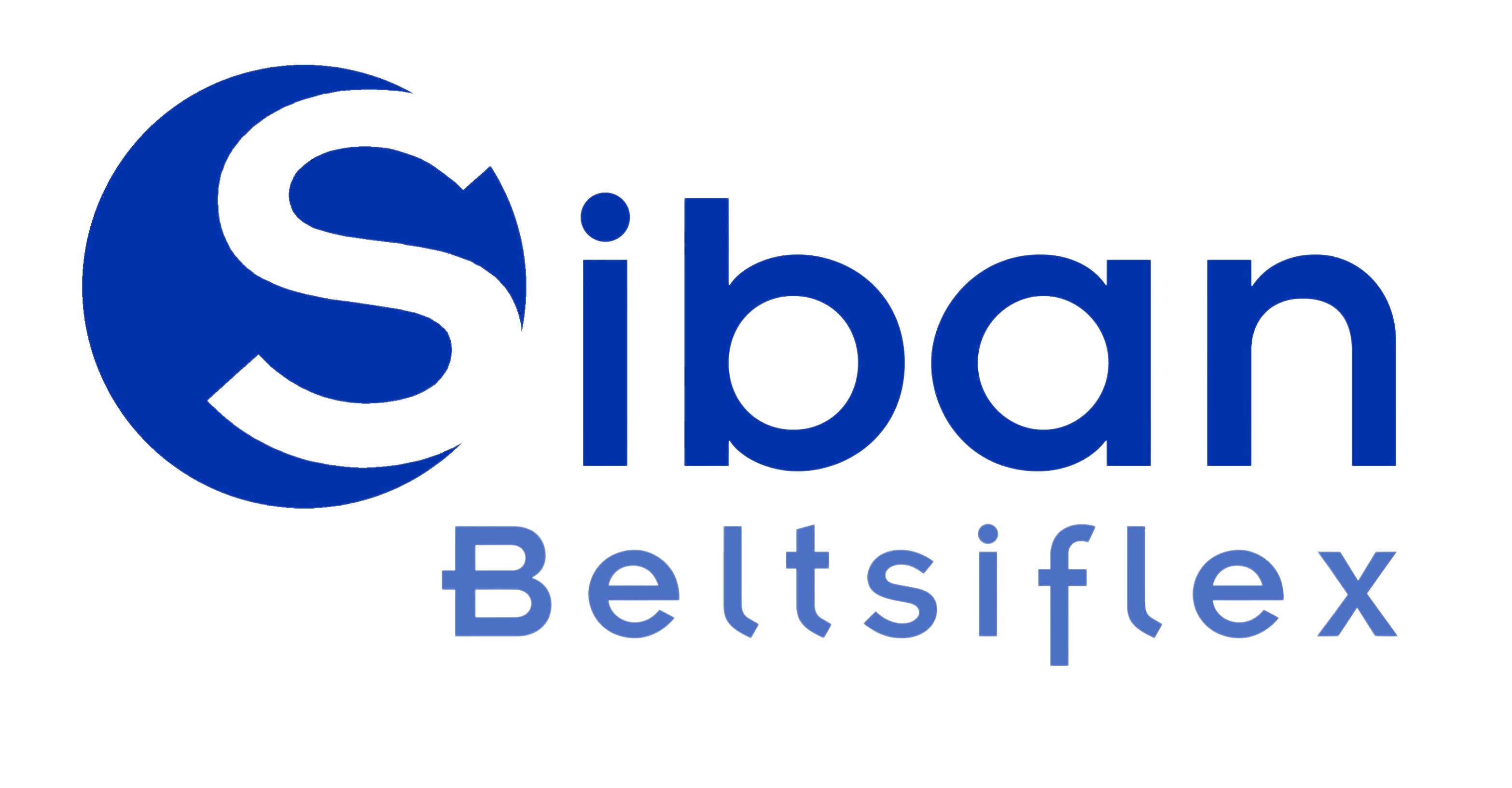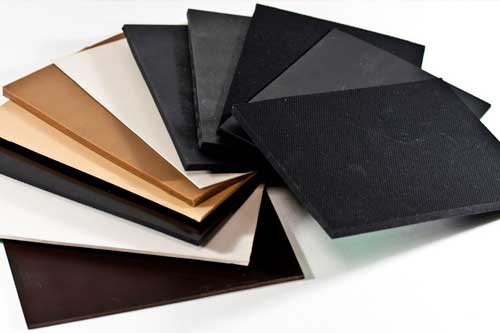SBR synthetic rubber, copolymer of styrene and Butadiene
Styrene-Butadiene Copolymer is the most widely used synthetic rubber.
Temperature range: -40 to 110°C. With hardness between 40 and 90 Shore A.
Its mechanical properties are similar to those of natural rubber, although slightly lower. However, it has better resistance to aging and heat. It also has good resistance to a large number of inorganic chemicals.
CR Polychloroprene
Commonly known as Neoprene or Chloroprene.
Its compounds have a temperature range between -25 and 125°C, with hardness between 40 and 80 Shore A.
It is the elastomer that offers the best overall set of properties. It has mechanical properties comparable to those of natural rubber, combined with good chemical resistance to inorganic substances, but not to organic ones.
It is self-extinguishing and does not propagate flames.
EPDM — Ethylene-Propylene-Diene Monomer Rubber
A copolymer of ethylene, propylene, and a third diene monomer, such as norbornene.
Depending on its vulcanization system (sulfur/sulfur donors or peroxides), it can achieve a wide application temperature range from -25°C to 150°C.
It has excellent resistance to weathering, ozone, and UV rays. It is widely used for water contact applications. However, it performs poorly in the presence of oils or greases.

